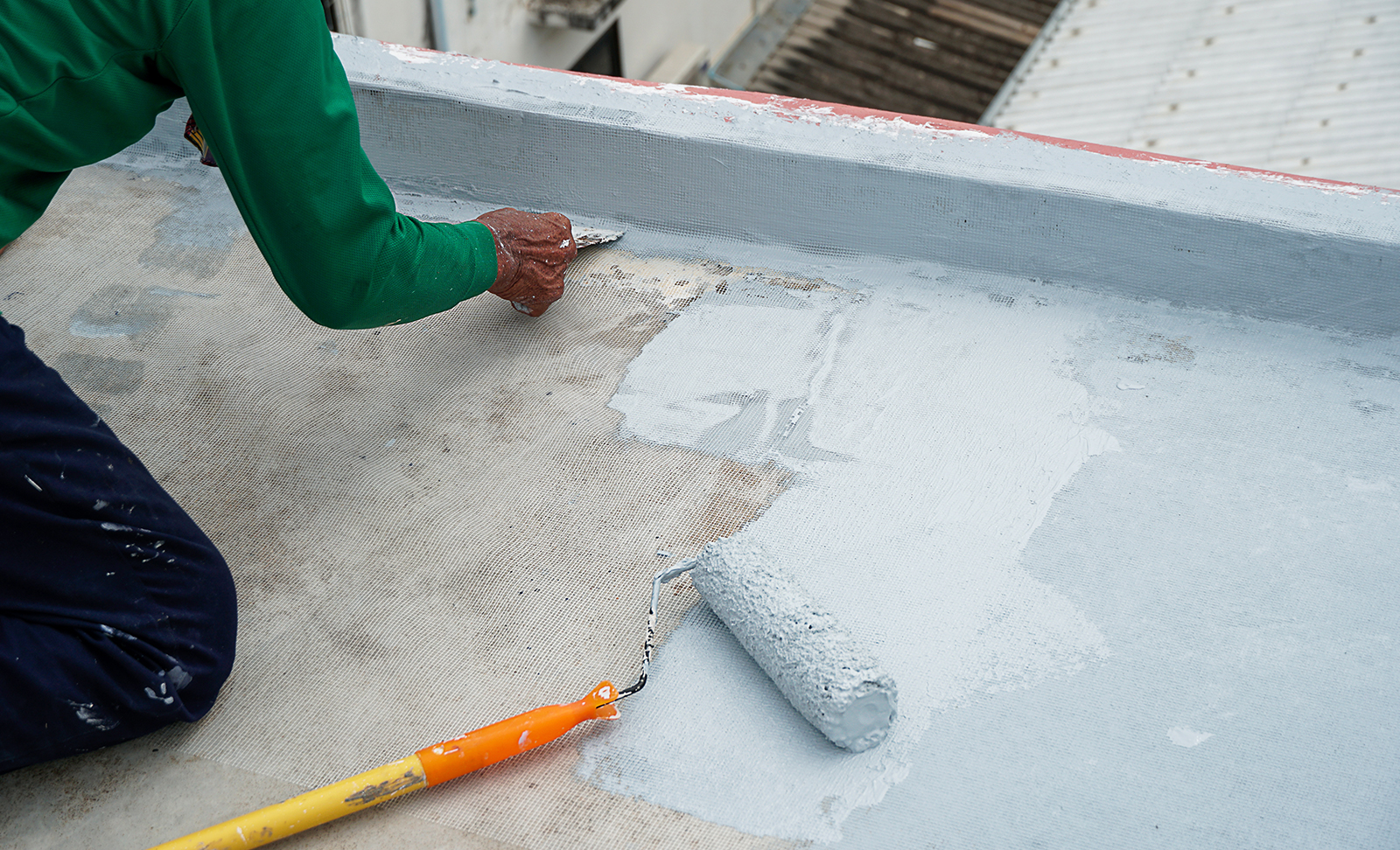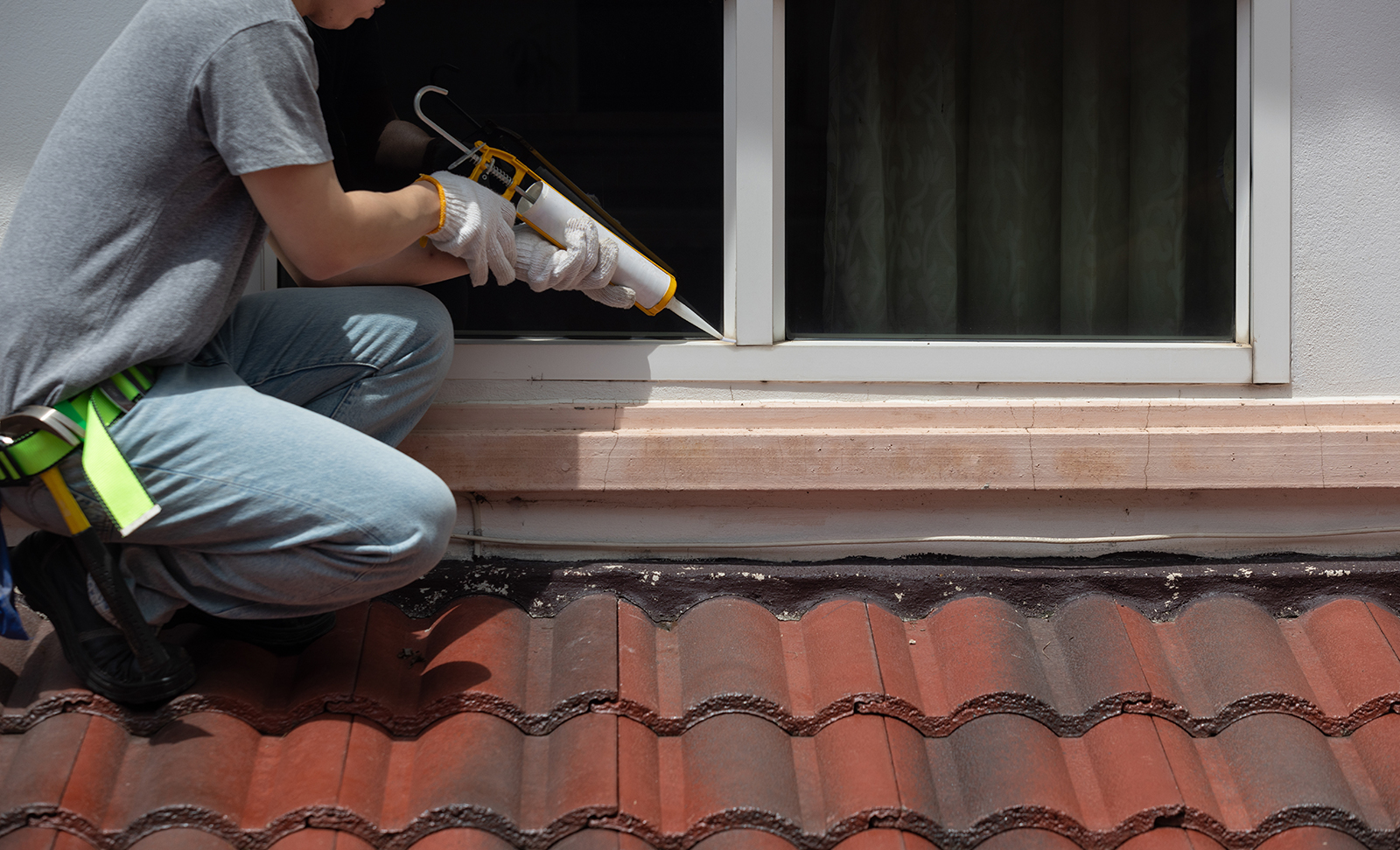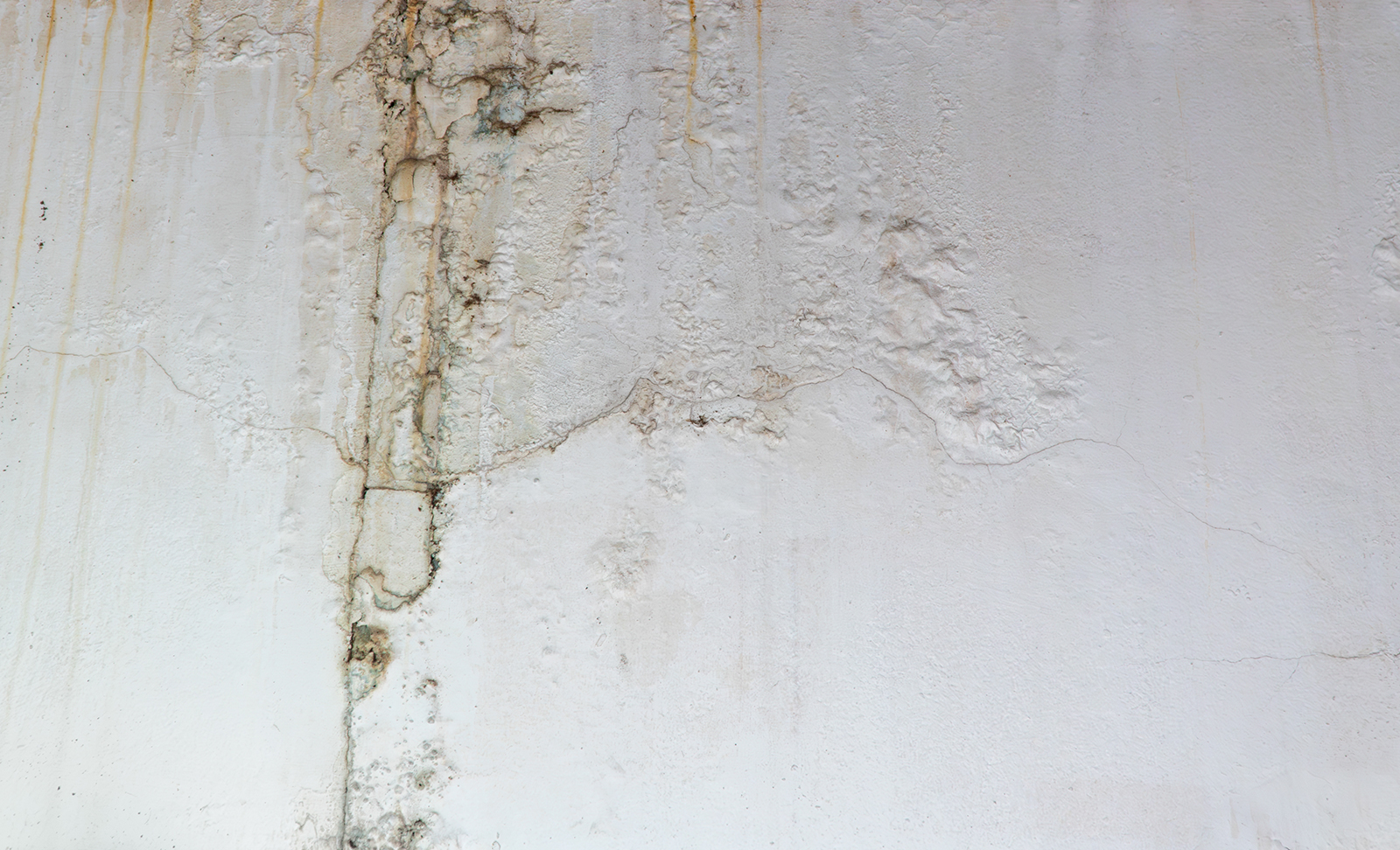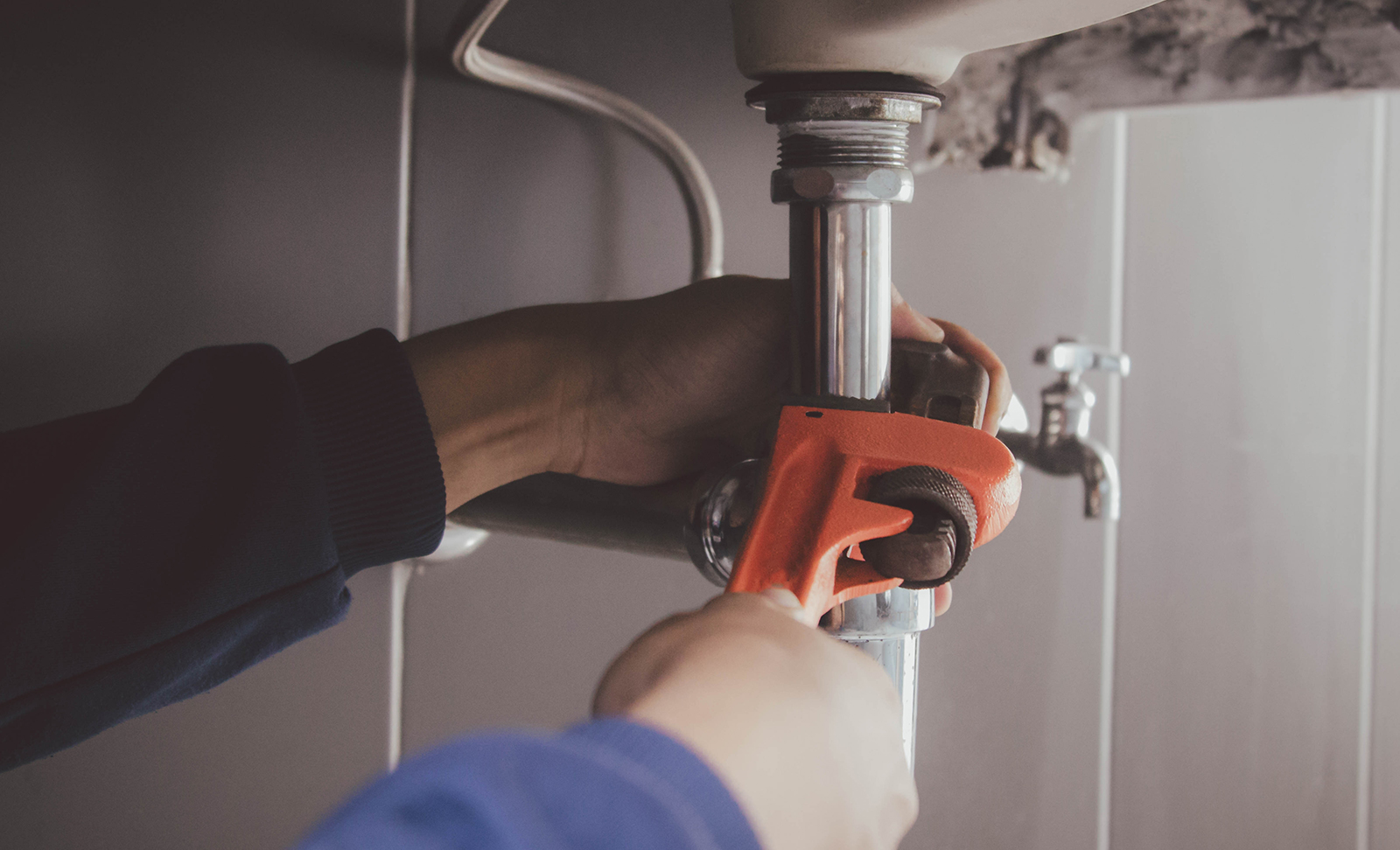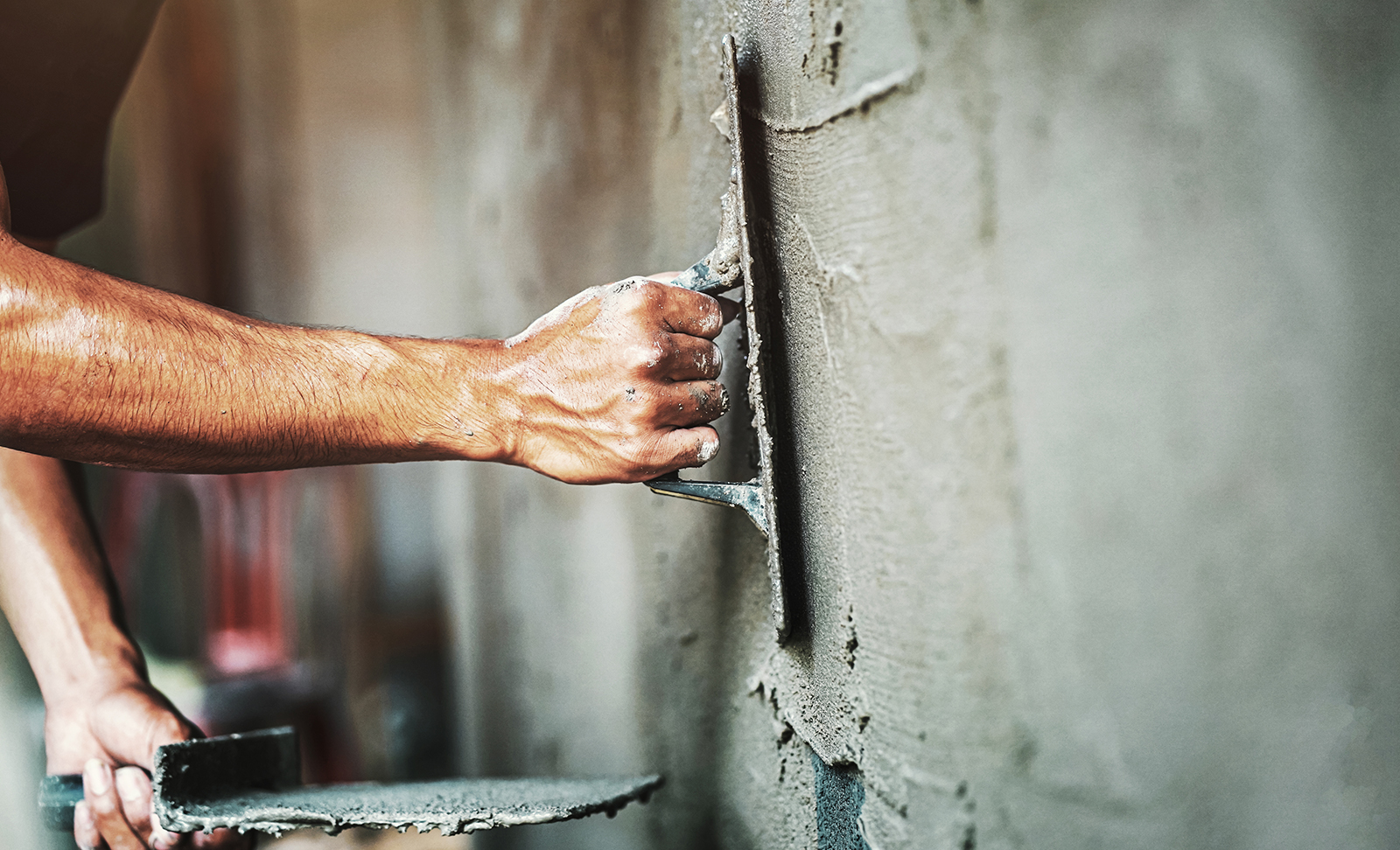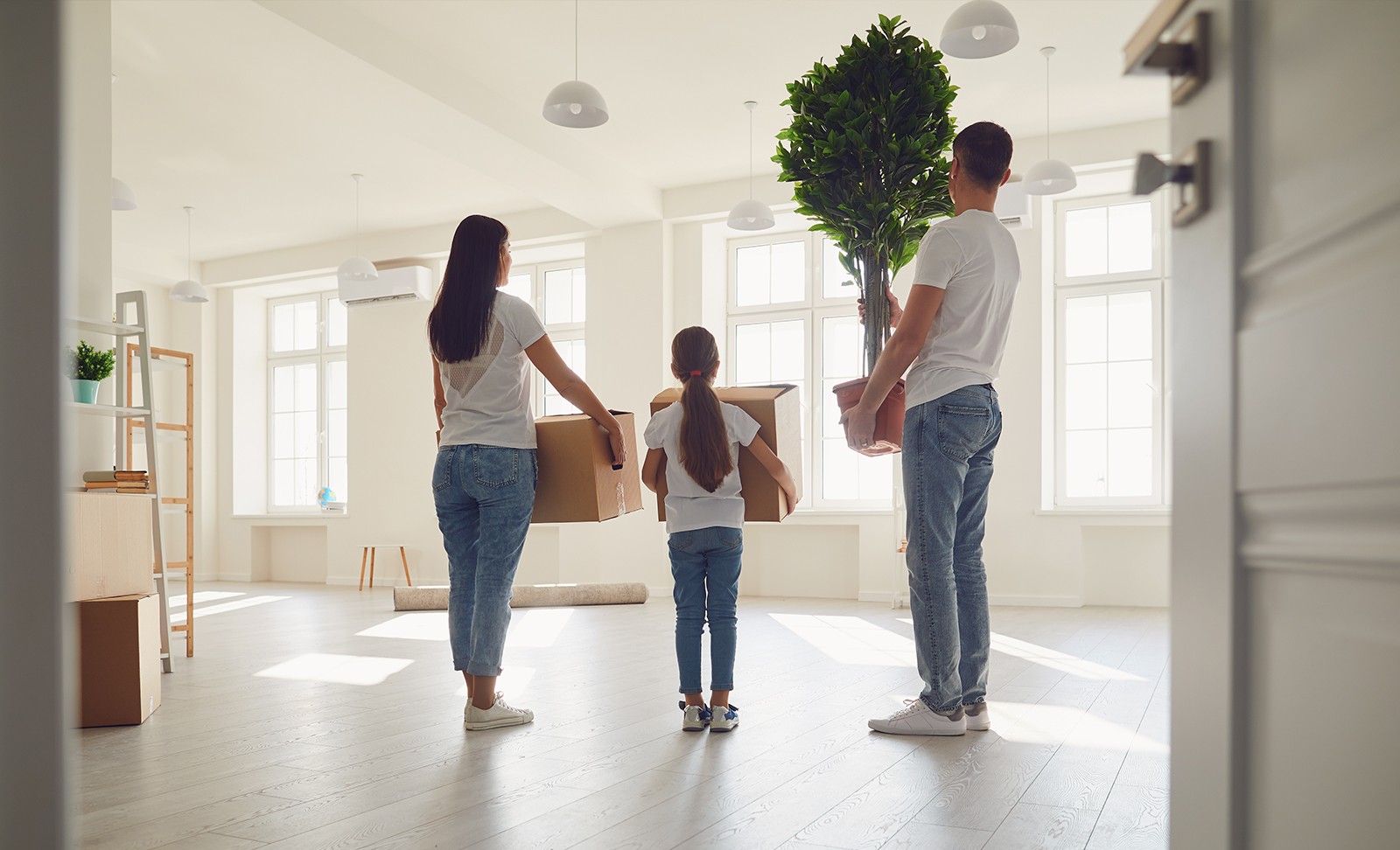
Renovation
Signs that your home needs waterproofing solutions and repairs
Water stains, mould growth, warped floors, peeling paint, musty odours, increased utility bills, visible cracks, and the sounds of running water are signs that you might need home waterproofing solutions promptly. Learn how to address these issues promptly.
As a homeowner, upkeeping your property is vital for comfort and value retention. Yet, many homeowners often overlook early signs of wear and tear, leading to more extensive—and expensive—repairs down the line. Many of these repair issues stem from water leakage and inadequate or nonexistent home waterproofing solutions.
In this article, we'll explore why your house may require constant repairs, common damages that signal the need for a waterproofing solution for walls and other parts of the house, as well as the importance of promptly addressing these waterproofing problems with effective and long-term solutions.
Common damages due to water-related issues
Water infiltration is one of the most common reasons for damage. Here are a few issues that one must watch out for –
- Seepage
It refers to the slow infiltration of water through porous surfaces, such as soil or concrete. For example, rainwater entering your home through external walls and affecting the internal walls is seepage.
Water seepage can lead to mould, peeling and blistering of paint, cold spots, etc., making internal and external waterproofing solutions for walls a must.
- Leakage
Leaks are mostly found in bathrooms and kitchens due to constant water exposure and the presence of taps and plumbing fixtures.
Water also leaks from the roof/terrace into the house and drips through the ceiling during the monsoon. These are both common leaks that can be fixed with appropriate waterproofing solutions.
- Rising water dampness
This occurs when water travels up from the ground and affects the walls of a house, creating a white powdery substance called efflorescence. It usually happens when the foundation is not waterproofed during construction.
If your house shows rising water dampness, you might need regular inspections and repairs to prevent it from escalating. Effective foundation waterproofing can help mitigate these issues.
Homes are continually exposed to environmental factors such as rain, snow, and humidity, which can compromise their structure over time. Additionally, poor drainage and ageing infrastructure can increase the risk of water leakage, necessitating maintenance and repairs.
Ignoring these waterproofing problems and solutions can lead to costly damage, including mould growth, structural deterioration, and compromised indoor air quality. This is why it is so important to use high-quality waterproofing chemicals and implement practical home waterproofing solutions.
Signs that your house needs waterproofing solutions
Moisture-related issues are usually easy to spot and can be resolved with waterproofing. Some of the signs you should look for include –
- Water stains or damage
Water stains on walls or ceilings, as well as visible signs of water damage such as discoloured surfaces, suggest water leakage and may require a waterproofing solution for walls.
- Peeling paint/plaster
Peeling paint or plaster can indicate moisture penetration through walls or surfaces, signalling the need for effective waterproofing.
- Efflorescence
Efflorescence appears as white, powdery deposits on masonry surfaces such as brick or concrete. It occurs when water seeps through porous materials and leaves behind mineral deposits as it evaporates, indicating moisture issues that require attention.
- Mould or mildew growth
Persistent mould or mildew growth, especially in damp areas like kitchens or bathrooms, suggests excess moisture and poor ventilation, necessitating appropriate home waterproofing solutions.
- Damp or musty odours
Lingering, musty or damp odours in certain areas of your home usually result from unattended water-related damages that need to be addressed promptly.
- Electrical damage
Faulty electrical appliances and switchboards can indicate moisture issues affecting the electric wires, highlighting the importance of resolving any underlying waterproofing problems.
These issues can escalate if they are not repaired immediately. But they are not the only problems that may be present in your house.
Keep an eye out for general damages affecting your space, and consider using high-quality waterproofing chemicals to mitigate these risks effectively.
Best practices to follow when selecting the right waterproofing products
Determining the right waterproofing products ensures long-lasting protection against moisture damage. Here are some best practices to consider –
- Assess your needs
Decide the specific areas that require waterproofing, such as basements, roofs, or walls. Depending on the area of the house, you may require different types of waterproofing solutions.
- Evaluate environmental conditions
Consider local climate factors like humidity, rainfall, and temperature fluctuations.
- Check product quality
Select high-quality waterproofing chemicals that offer durability and effectiveness. Look for products with good reviews and proven performance in similar applications.
- Installation method
Choose products that are easy to install and compatible with your existing structures.
- Consider long-term maintenance
Some waterproofing materials require periodic reapplication or maintenance.
- Consult professionals
It’s wise to consult with waterproofing experts who can provide insights on the best products for your specific needs and help avoid common waterproofing problems and solutions.
- Budget wisely
While it’s important to invest in quality products, consider the overall cost, including installation and maintenance, to ensure you’re getting the best value for your investment.
Signs that your house needs general repairs
Some of the indicators that you should be investing in general repairs are –
- Leaky plumbing fixtures
Persistent dripping or visible leaks from pipes, taps, sinks, and other plumbing fixtures indicate plumbing issues that require attention. Ignoring these leaks can lead to water leakage, resulting in water damage and higher utility bills.
- Clogged drains
Slow drainage in sinks, showers, or the kitchen can be a sign of clogged pipes and drains. If left unaddressed, clogs can worsen and potentially cause an overflow or deterioration of the drain pipes, necessitating prompt repairing of the home.
- Damaged doors and windows
Moisture seeping in around the openings of windows and doors can lead to dry rot and the corrosion of fasteners, which compromises the integrity of the window or door frame as well as the surrounding wall.
Difficulty in opening or closing doors and windows suggests wear and tear. Proper sealing or even replacement is necessary to maintain efficiency and security, along with identifying any related waterproofing problems and their solutions.
- Electrical malfunctions
Frequent power outages, flickering lights, or sparking outlets are signs of electrical problems that require immediate repairs. Ignoring these issues can pose serious safety hazards.
- Pest infestations
Seeing pests such as cockroaches, ants, rodents, or termites inside your home is a clear indication of an infestation. This can affect food, furniture, children, etc., and needs urgent attention.
Many know that pests flourish in areas with plenty of moisture. Therefore, when a home experiences water damage from a leaky roof, plumbing problems, or inadequate drainage, it provides a perfect setting for pests to prosper.
By addressing these signs early on and considering effective home waterproofing solutions, you can prevent more extensive repairs in the future. Additionally, using appropriate waterproofing chemicals can help mitigate potential water-related issues arising from these general repairs.
How important is addressing these damages immediately?
Addressing moisture-related and general home damage is crucial as they can compound and affect safety and livability. Unattended damages can harm aesthetics and pose health risks, especially for children and pets. Promptly tackling these issues helps prevent further deterioration and costly repairs while maintaining your home's value.
Foundation waterproofing offers a long-term solution to water-related damage, while investing in quality waterproofing chemicals can help prevent damage to other areas of the house. Addressing these damages ensures your home is safe, comfortable, and functional for you and your family.
Building a safer home
Though repairs need immediate assistance, trying to fix them yourself can lead to ineffective results and accidents. It’s always recommended to consult experts for long-lasting results.
Access professional help for your home waterproofing solutions, queries, repairs, and more to ensure a safe and damage-free living space while effectively addressing any waterproofing problems and solutions you may encounter. For any water-related issues, you can contact the experts at Dr. Fixit by filling out the form below.
FAQs
FAQ#1 – What are the common signs that my house needs waterproofing?
Common signs that your house needs waterproofing include –
- Dampness or water stains on walls or ceilings
- Musty odours
- Peeling or blistering paint/wallpaper
- Mould or mildew growth
- Hairline cracks
- Water pooling around the walls during rains
These indicators suggest water leakage that can potentially escalate damages, call for repairs, and pose health hazards if left unattended. Waterproofing solutions can mitigate these issues, protecting your home from several damages and adding to its stability.
FAQ#2 – How can I tell if there are water leaks in my home?
You can catch leaks by paying attention to signs like –
- Dampness, mould, and stains, especially around pipes and faucets
- Dripping sounds without visible signs, suggesting hidden leaks
- Recurring puddles or pooling of water, especially without taps turned on
- Any discolouration or stains on walls, indicating the presence of leaks
- Check your water meter for unusual activity when no water is being used
Early detection can prevent costly damage and conserve water.
FAQ#3 – Can waterproofing save me money in the long run?
Yes, waterproofing can save you money in the long run by preventing repetitive repairing of the home due to water damage. For instance, investing in foundation waterproofing during construction protects your home and its contents from moisture-related issues, extending its lifespan and reducing maintenance expenses.
Also, using effective waterproofing chemicals can enhance energy efficiency by sealing leaks and lowering utility bills. Overall, the upfront cost of waterproofing outweighs the savings and peace of mind it provides.
FAQ#4 – What factors should I consider when choosing a waterproofing solution for my home?
When choosing a waterproofing solution for walls, consider factors such as –
- The areas you need to waterproof
- The extent of waterproofing needed
- The extent of repairs needed
- The climate, local weather patterns, and their impact on your home
- The quality of materials
- The method(s) of waterproofing required
FAQ#5 – Which chemical is best for roof leakage?
The best waterproofing chemical for roof leakage typically includes advanced waterproof coatings. These solutions create a durable barrier against water infiltration, effectively addressing leaks and enhancing the longevity of the roof's waterproofing system.
FAQ#6 – How many years does waterproofing last?
The lifespan of waterproofing can vary, but with proper application and maintenance, it typically lasts between 5 to 10 years. Regular inspections and timely repairs can extend the effectiveness of home waterproofing solutions, ensuring lasting protection against moisture damage.
For the best results, hire contractors certified by reputed companies like Dr. Fixit. These contractors will understand your specific requirements and can recommend the most suitable waterproofing solutions for your home's unique needs.
Get Professional Waterproofing Solutions Today
Fill The Form below to took free site evaluation by Dr. fixit point safe painting service expert
